The question of whether dinosaurs were warm-blooded or cold-blooded has fascinated paleontologists for decades. Recent scientific discoveries have dramatically shifted our understanding of these magnificent prehistoric creatures, suggesting that many dinosaurs may indeed have been endothermic (warm-blooded) rather than ectothermic (cold-blooded) as traditionally believed. This revelation fundamentally changes our perception of how dinosaurs lived, moved, and interacted with their environment. The mounting evidence for warm-bloodedness in dinosaurs represents one of the most significant paradigm shifts in paleontology in recent years, offering new insights into the biology and behavior of these ancient animals that ruled Earth for over 165 million years.
The Traditional Cold-Blooded Dinosaur Model
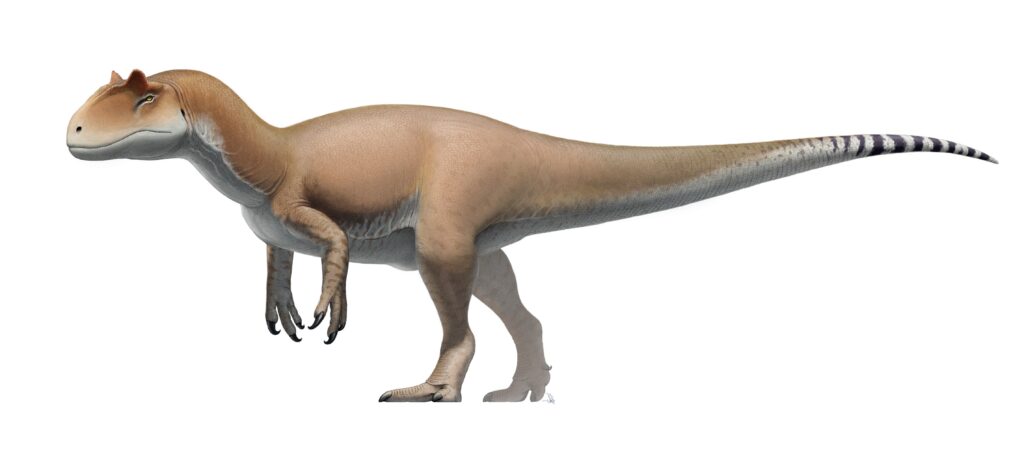
For most of the 20th century, scientists firmly placed dinosaurs in the cold-blooded category alongside modern reptiles like crocodiles and lizards. This classification stemmed from dinosaurs’ reptilian features and their presumed relationship to other reptiles. Under this model, dinosaurs were thought to rely on external heat sources to warm their bodies, becoming sluggish in cooler temperatures and active only when sufficiently warmed by the sun. The cold-blooded hypothesis explained certain aspects of dinosaur anatomy and helped shape the public imagination of dinosaurs as essentially oversized lizards. This view was reinforced by early paleontological studies that lacked the sophisticated analytical tools available to modern researchers, leading to conclusions based primarily on anatomical similarities rather than physiological evidence.
The Dinosaur Renaissance: Challenging Old Assumptions

The 1970s and 1980s witnessed what paleontologists call the “Dinosaur Renaissance,” a period when traditional views about dinosaurs underwent serious reconsideration. Led by paleontologists like Robert Bakker and John Ostrom, this movement proposed that dinosaurs were active, dynamic creatures more similar to birds than to crocodiles in their physiology and behavior. Bakker’s influential 1986 book “The Dinosaur Heresies” presented numerous arguments for warm-bloodedness in dinosaurs, including their upright posture, predator-prey ratios in fossil ecosystems, and evidence of sustained activity. This revolutionary perspective suggested dinosaurs maintained high metabolic rates and constant internal temperatures, enabling them to be active predators and fast-moving herbivores rather than sluggish reptiles. The Dinosaur Renaissance fundamentally altered how scientists approached questions about dinosaur physiology and behavior, opening the door to investigations that continue to yield new insights today.
Understanding Endothermy vs. Ectothermy
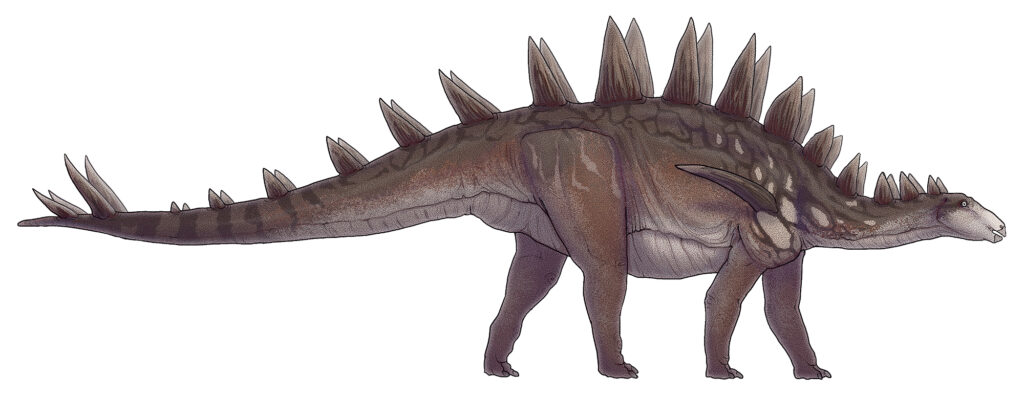
To appreciate the significance of warm-bloodedness in dinosaurs, it’s crucial to understand the distinction between endothermy and ectothermy. Endothermic animals (like mammals and birds) generate heat internally through metabolic processes, maintaining a relatively constant body temperature regardless of environmental conditions. This physiological strategy requires substantial energy input but enables consistent activity levels across various climate conditions. Ectothermic animals (like most modern reptiles), conversely, primarily regulate body temperature through behavioral means, seeking external heat sources when cold and shade when hot. This approach conserves energy but limits activity during cold periods and requires specific environmental conditions for optimal functioning. The distinction isn’t always binary—many animals fall somewhere on a spectrum between perfect endothermy and complete ectothermy, with some capable of regional endothermy or temporary metabolic increases. Understanding where dinosaurs fall on this spectrum provides key insights into their daily lives and ecological roles.
Bone Histology: Reading Dinosaur Metabolism in Fossil Tissue

One of the most compelling lines of evidence for dinosaur endothermy comes from examining the microscopic structure of fossil bones. When studied under powerful microscopes, dinosaur bones reveal growth patterns remarkably similar to those of modern warm-blooded animals. Specifically, many dinosaur species demonstrate what scientists call fibrolamellar bone tissue, characterized by numerous blood vessels and rapid, continuous growth—a pattern typical in endothermic mammals and birds rather than ectothermic reptiles. This bone structure indicates dinosaurs grew quickly and consistently throughout the year, rather than experiencing the cyclical growth spurts seen in cold-blooded animals dependent on favorable environmental conditions. Additionally, the presence of Haversian canals (specialized structures for blood vessel networks) in many dinosaur bones further suggests high metabolic rates similar to those in modern endotherms. These microscopic features have been documented across diverse dinosaur lineages, from massive sauropods to small theropods, indicating that rapid growth and high metabolism may have been widespread across Dinosauria.
Growth Rate Analysis: Fast Growth Suggests High Metabolism

Careful analysis of dinosaur growth rates provides another strong indicator of warm-bloodedness. By examining growth rings in fossil bones (similar to tree rings), scientists can determine how quickly dinosaurs reached adult size. Studies have revealed that many dinosaur species grew at rates comparable to, or even exceeding, those of modern mammals and birds—far faster than any living reptiles. For example, Tyrannosaurus rex could gain up to 2 kg per day during its peak growth phase, reaching its massive adult size in about 20 years. Similarly, sauropods achieved their enormous proportions through sustained rapid growth that would be impossible for cold-blooded animals. This accelerated development requires significant energy input and efficient oxygen delivery systems, hallmarks of endothermic physiology. The consistent growth patterns observed across seasons also suggest dinosaurs maintained relatively stable metabolic rates year-round, rather than experiencing the temperature-dependent growth fluctuations typical of ectotherms. These growth characteristics strongly point toward metabolic systems more similar to warm-blooded animals than cold-blooded ones.
The Oxygen Isotope Method: Chemical Evidence of Body Temperature
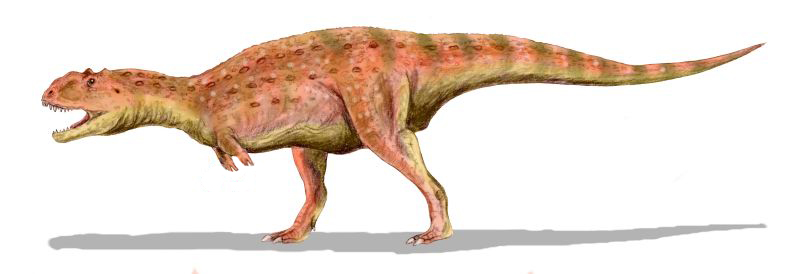
Groundbreaking research using oxygen isotope analysis has provided some of the most direct evidence yet for dinosaur warm-bloodedness. This sophisticated technique examines the ratio of oxygen isotopes in fossil teeth and bones, which varies depending on the temperature at which these tissues formed. A 2020 study published in Science Advances analyzed the tooth enamel of various dinosaurs using this method, finding that many species maintained body temperatures between 35-40°C (95-104°F)—significantly higher than ambient environmental temperatures and remarkably similar to modern endothermic animals. Particularly telling was the discovery that these elevated temperatures remained consistent across specimens from different geographic regions and climate zones, suggesting internal temperature regulation rather than environmental dependence. The study also found that smaller theropod dinosaurs (including those ancestral to birds) maintained even higher body temperatures than larger species, aligning with the metabolic patterns seen in modern warm-blooded creatures, where smaller animals typically have higher mass-specific metabolic rates. These chemical signatures provide compelling evidence that many dinosaurs regulated their body temperature internally rather than relying on environmental sources.
The Avian Connection: Birds as Living Dinosaurs

The evolutionary relationship between dinosaurs and birds offers perhaps the most intuitive argument for dinosaur warm-bloodedness. Modern birds are unquestionably endothermic, maintaining high body temperatures through metabolic processes. Since birds evolved directly from theropod dinosaurs (specifically, small, feathered dromaeosaurs), it stands to reason that this physiological trait may have existed in their dinosaurian ancestors. The discovery of numerous feathered dinosaur fossils from China has strengthened this connection, as feathers serve important thermoregulatory functions in modern birds. Particularly significant is evidence suggesting that endothermy likely evolved before the emergence of powered flight in the dinosaur-bird lineage, indicating that warm-bloodedness was not merely an adaptation for flight but a pre-existing condition in non-avian dinosaurs. Transitional fossils showing intermediate characteristics between dinosaurs and birds demonstrate a gradual acquisition of bird-like traits, including those associated with high metabolic rates. This evolutionary continuity strongly suggests that the warm-bloodedness of modern birds is inherited from their dinosaur ancestors rather than having evolved independently after the dinosaur-bird split.
The Polar Dinosaur Puzzle: Surviving in Cold Climates

The discovery of dinosaur fossils in ancient polar regions presents a compelling natural experiment in dinosaur physiology. Fossil sites in places like Alaska, Antarctica, and Australia (which was closer to the South Pole during the Mesozoic) have yielded abundant dinosaur remains, demonstrating these animals thrived in environments that experienced prolonged periods of darkness and cool temperatures. Particularly notable are small theropods and ornithischians found in these polar regions, as their relatively small body size would have made them vulnerable to heat loss if they were cold-blooded. While these polar regions were warmer during the Mesozoic than today, they still experienced seasonal temperature fluctuations and periods of darkness that would have posed significant challenges for ectothermic animals. The presence of diverse dinosaur communities in these challenging environments strongly suggests they possessed physiological adaptations to maintain activity during cooler periods and darkness, consistent with some degree of endothermy. Alternative explanations, such as migration to warmer regions during winter, are contradicted by evidence of year-round dinosaur habitation in these polar ecosystems.
Nasal Respiratory Turbinates: Breathing Like Warm-Blooded

The respiratory system of dinosaurs offers additional clues about their metabolic status. Recent studies examining dinosaur nasal passages have identified structures resembling respiratory turbinates—complex nasal conchae that help conserve water and heat during breathing. These structures are particularly important for endothermic animals, which breathe more rapidly and risk greater water and heat loss through respiration. Advanced imaging techniques have revealed evidence of such structures in several dinosaur specimens, including theropods like Tyrannosaurus rex and ornithischians like Edmontosaurus. Computer models of dinosaur respiratory systems suggest they were capable of the high oxygen throughput necessary for supporting endothermic metabolism. Additionally, air sac systems similar to those in modern birds have been identified in many dinosaur groups, indicating highly efficient oxygen extraction capabilities consistent with elevated metabolic demands. These respiratory adaptations align much more closely with the respiratory systems of modern warm-blooded animals than with those of ectothermic reptiles, providing further support for dinosaur endothermy.
Predator-Prey Ratios: Ecological Evidence for High Metabolism

Examining the ratio of predators to prey in dinosaur ecosystems provides an ecological perspective on dinosaur metabolism. In modern ecosystems, endothermic predators like lions and wolves typically make up a much smaller proportion of the biomass than their prey because their high metabolic rates require greater energy input. By contrast, ectothermic predators like crocodiles can exist in greater numbers relative to their prey due to their lower energetic needs. Careful analysis of well-preserved dinosaur ecosystems suggests predator-prey ratios more similar to those of modern mammalian communities than reptilian ones, with relatively few predators compared to herbivorous species. For instance, the Hell Creek Formation, famous for Tyrannosaurus rex fossils, shows predator numbers consistent with what would be expected if these animals had metabolic rates comparable to modern mammals. These ecological patterns make most sense if dinosaur predators had high metabolic demands requiring substantial food intake, characteristic of endothermic rather than ectothermic animals. This ecosystem-level evidence complements the physiological data, suggesting dinosaurs functioned as warm-blooded components of their ancient food webs.
The Gigantothermy Hypothesis: Size as a Factor
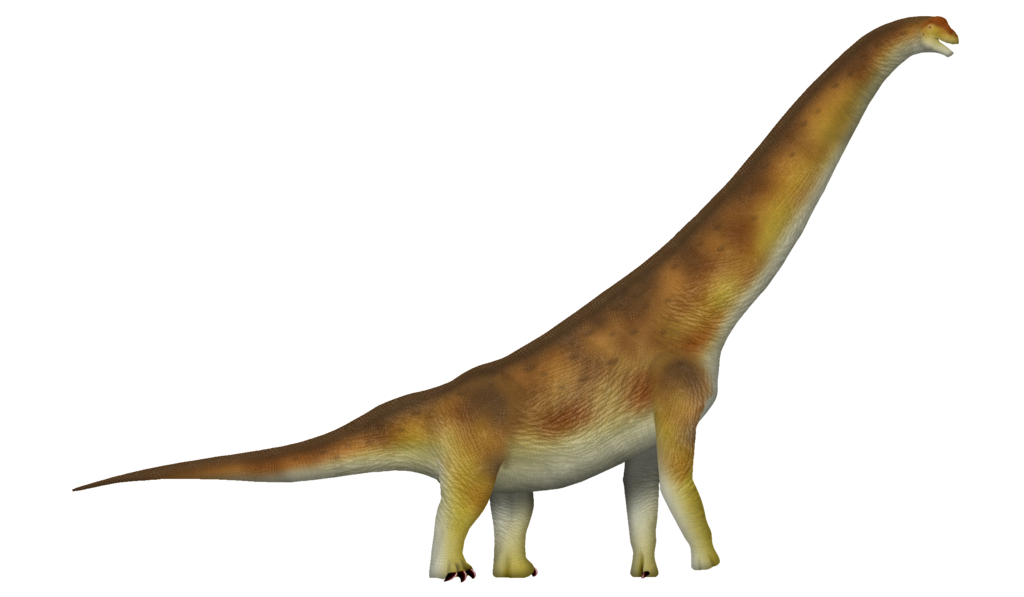
The enormous size of many dinosaurs introduces an intriguing complication to the warm-blooded/cold-blooded debate through a phenomenon known as gigantothermy or inertial homeothermy. Due to their large body mass and favorable surface-area-to-volume ratio, very large animals can maintain relatively stable body temperatures even without the metabolic mechanisms of true endothermy. Modern examples include large sharks and leatherback turtles, which can maintain core temperatures several degrees above ambient water temperature despite being technically ectothermic. This effect may have allowed the largest dinosaurs, particularly sauropods, to maintain stable internal temperatures with lower metabolic rates than similarly warm-bodied but smaller animals. Recent research suggests a potential metabolic spectrum among dinosaurs, with larger species like Brachiosaurus or Diplodocus possibly employing a combination of moderate metabolic heat production and gigantothermy, while smaller, more active dinosaurs like Velociraptor relied primarily on true endothermic metabolism. This nuanced view acknowledges that different dinosaur lineages may have evolved various thermoregulatory strategies depending on their size, lifestyle, and evolutionary history.
Controversies and Alternative Hypotheses

Despite mounting evidence for dinosaur endothermy, the scientific community maintains a healthy debate on the subject. Some researchers propose that dinosaurs may have exhibited an intermediate or “mesothermic” physiology—neither fully endothermic nor completely ectothermic, but somewhere in between, like modern monotremes (echidnas and platypuses) or certain fish like tuna. Others suggest that metabolic strategies may have varied considerably across different dinosaur groups, with some lineages more endothermic than others. Critics of the warm-blooded dinosaur hypothesis point to potential issues like the energetic challenges of supporting endothermy in very large animals, the possibility that some apparent endothermic indicators might have alternative explanations, and the difficulties of making definitive statements about soft-tissue physiology based on fossilized remains. Some studies examining bone oxygen isotopes have yielded conflicting results, highlighting the complexity of reconstructing metabolic patterns from fossil evidence. These ongoing discussions reflect the inherent challenges of studying biological processes in extinct animals and emphasize the importance of multiple converging lines of evidence rather than relying on any single approach.
Implications for Dinosaur Behavior and Ecology
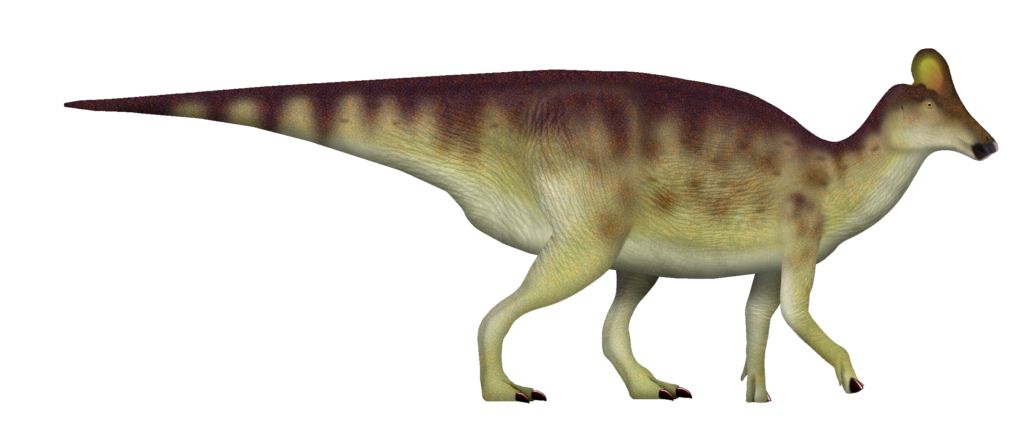
Accepting dinosaurs as wholly or partially warm-blooded fundamentally transforms our understanding of their behavior and ecological roles. Endothermic dinosaurs would have been capable of sustained activity, potentially including extended pursuit hunting, long-distance migration, complex social interactions, and active parental care. High metabolic rates would have enabled dinosaurs to exploit a wider range of habitats, including cooler environments and higher latitudes, explaining their global distribution during the Mesozoic. Warm-bloodedness also carries implications for dinosaur coloration and integument—many species likely possessed insulating structures like feathers or fur-like filaments to conserve metabolically generated heat. From an ecological perspective, endothermic dinosaurs would have required substantially more food than if they were cold-blooded, significantly impacting their population densities and relationships with plant resources. Understanding dinosaurs as warm-blooded also influences interpretations of their growth and life history patterns, suggesting more bird-like or mammal-like developmental trajectories rather than reptilian ones. The recognition of endothermy in dinosaurs reveals them as dynamic, active creatures that dominated terrestrial ecosystems not merely through size but through physiological adaptations that enabled versatile and energetic lifestyles.
Conclusion

The question of dinosaur metabolism has evolved from speculative debate to rigorous scientific investigation supported by multiple lines of evidence. While some uncertainty remains—as is appropriate in any active area of scientific research—the weight of evidence now strongly favors at least partial endothermy in many dinosaur lineages. Bone microstructure, growth rates, oxygen isotope analyses, respiratory features, and ecological patterns all point to dinosaurs having metabolic capabilities more similar to modern birds and mammals than to typical reptiles. Rather than viewing dinosaurs as simply oversized lizards, we now recognize them as physiologically sophisticated animals whose metabolic adaptations helped them dominate Earth’s ecosystems for over 160 million years. As research techniques continue to advance, our understanding of dinosaur physiology will undoubtedly become even more nuanced, but the fundamental shift toward viewing dinosaurs as warm-blooded, active creatures represents one of the most significant revolutions in how we perceive these remarkable animals.




